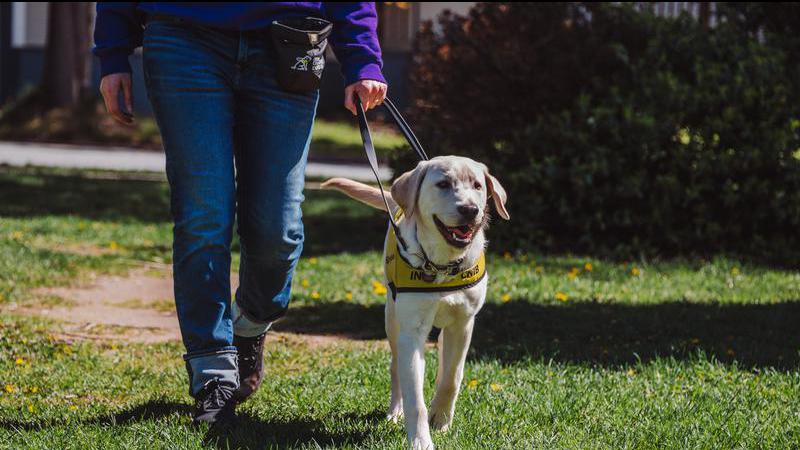
The good, the bad and the unknown: how Kamloops schools are approaching AI in classrooms
KAMLOOPS — There are plenty of ways for people to use Artificial Intelligence (AI) lately, and schools at every level have had to adjust for the new wave of technology.
“Artificial Intelligence is integrated into the curriculum, it’s integrated into the teaching practices and it is integrated into conversations around ethics and academic integrity,” said SD73 Superintendent Rhonda Nixon.
School District 73 is taking a realistic approach to the use of AI — acknowledging it is widely available and students are likely going to wind up using it at some point. Making sure they are taught how to properly use it in academic settings is key, which is where the district’s technology coordinator, Elizabeth DeVries, comes in.


